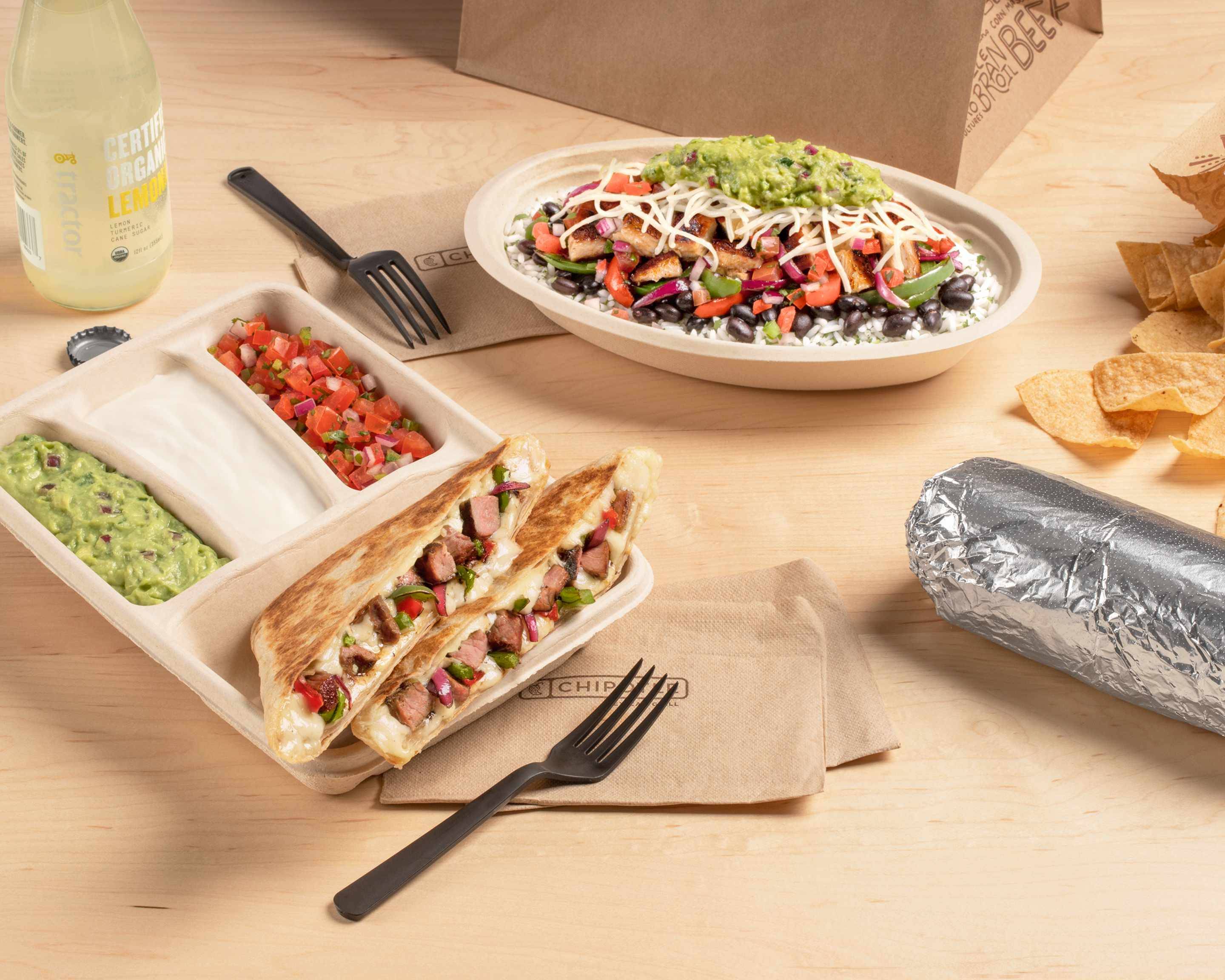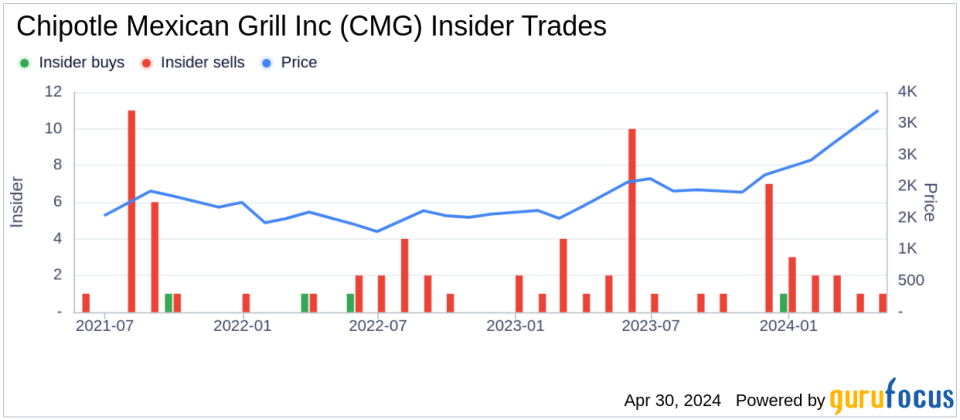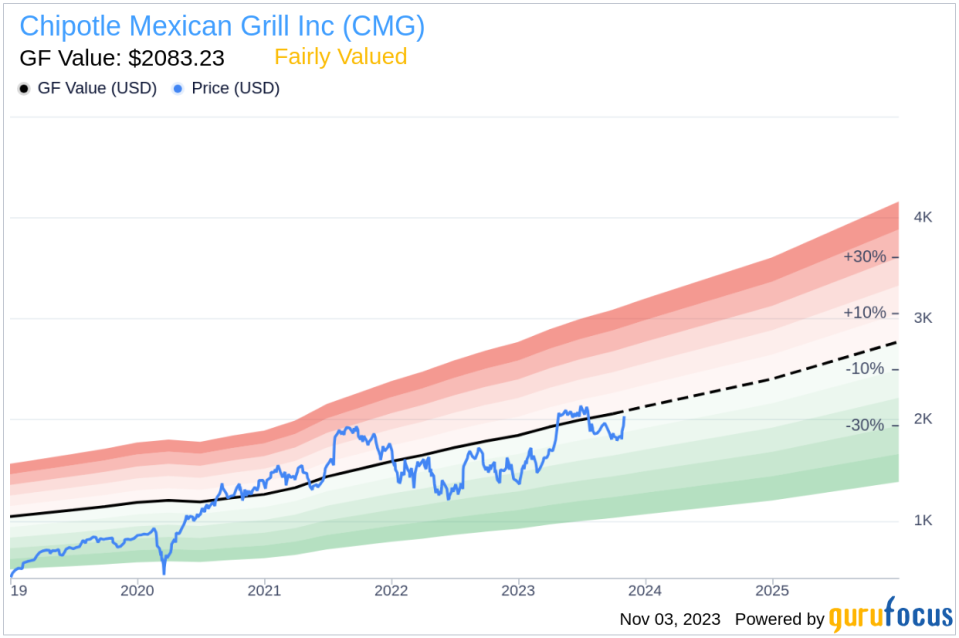Chipotle’s Business Model and Growth Strategy: Chipotle Stock

Chipotle Mexican Grill has carved a niche for itself in the fast-casual dining market, establishing a strong brand and loyal customer base. Its success stems from a carefully crafted business model and a strategic approach to growth, encompassing several key elements.
Chipotle’s Unique Selling Proposition
Chipotle differentiates itself through its commitment to using fresh, high-quality ingredients, preparing food in an open kitchen, and offering customizable menu options. The company emphasizes its use of locally sourced ingredients whenever possible and avoids using genetically modified organisms (GMOs). This focus on quality and transparency resonates with health-conscious consumers who value authenticity and traceability in their food.
Chipotle’s Expansion Strategy
Chipotle’s expansion strategy is two-pronged, relying on both physical store openings and digital ordering channels. The company continues to open new restaurants across the United States and internationally, aiming to reach a wider audience and capitalize on growing demand for fast-casual dining. Simultaneously, Chipotle has invested heavily in its digital platform, offering online ordering, mobile ordering, and delivery services. This digital focus allows Chipotle to cater to the evolving consumer preference for convenience and digital interactions.
Chipotle’s Menu Innovation
While Chipotle is known for its core menu of burritos, bowls, tacos, and salads, the company has also implemented a strategy of menu innovation to attract new customers and cater to changing tastes. This includes introducing limited-time offerings, seasonal items, and new protein options. For instance, Chipotle introduced a plant-based chorizo in 2021, expanding its appeal to vegetarian and vegan customers. These innovations demonstrate Chipotle’s ability to adapt to market trends and maintain its competitive edge.
Comparison with Competitors
Chipotle faces competition from other fast-casual chains, including Qdoba, Moe’s Southwest Grill, and Panera Bread. While these competitors offer similar concepts, Chipotle differentiates itself through its focus on high-quality ingredients, customizable menu options, and its commitment to sustainability. Chipotle’s emphasis on transparency and ethical sourcing practices has also contributed to its brand image and loyal customer base.
Financial Performance and Key Metrics
Chipotle Mexican Grill has consistently delivered strong financial performance, demonstrating its ability to navigate challenges and capitalize on growth opportunities. This section will delve into Chipotle’s recent financial performance, examining key metrics that investors closely monitor to assess the company’s financial health and future prospects.
Revenue Growth and Profitability
Chipotle’s revenue growth has been impressive, driven by a combination of new store openings and same-store sales growth. The company has consistently expanded its footprint, adding new restaurants in strategic locations.
- Chipotle’s revenue grew from $4.5 billion in 2018 to $8.0 billion in 2022, representing a compound annual growth rate (CAGR) of approximately 15%.
- Same-store sales growth, a measure of sales performance at existing restaurants, has also been strong. This metric reflects customer loyalty and the company’s ability to attract new customers.
- In 2022, same-store sales increased by 10.1%, demonstrating the continued popularity of Chipotle’s offerings.
Chipotle’s profitability, measured by metrics such as operating margin and net income, has also been healthy.
- The company’s operating margin has generally remained above 15%, indicating efficient operations and strong pricing power.
- Chipotle’s net income has grown significantly in recent years, reflecting its ability to translate revenue growth into profitability.
Key Metrics for Investors
Investors closely monitor several key metrics to assess Chipotle’s financial health and future prospects.
- Comparable Restaurant Sales Growth: This metric reflects the performance of existing restaurants and is a key indicator of customer loyalty and the company’s ability to attract new customers.
- Restaurant-Level Operating Margin: This metric measures the profitability of each restaurant and provides insights into operational efficiency and pricing power.
- Average Unit Volume (AUV): This metric measures the average sales generated per restaurant and is a key indicator of the company’s growth potential.
- Food, Beverage, and Packaging Costs: This metric reflects the cost of goods sold and is a key factor in determining profitability.
- Debt Levels and Cash Flow: These metrics provide insights into the company’s financial leverage and ability to manage its debt obligations.
Debt Levels, Cash Flow, and Return on Investment
Chipotle’s debt levels have remained relatively low, providing financial flexibility and a strong balance sheet.
- The company’s debt-to-equity ratio has been consistently below 0.5, indicating a conservative approach to debt financing.
Chipotle generates strong cash flow from operations, which it uses to fund new store openings and share buybacks.
- The company’s free cash flow, which is cash flow from operations minus capital expenditures, has been consistently positive, demonstrating its ability to generate cash and invest in growth.
Chipotle’s return on invested capital (ROIC) has been consistently above its cost of capital, indicating that the company is effectively deploying its capital to generate returns for shareholders.
- ROIC is a key metric for investors to assess the profitability and efficiency of a company’s investments.
Impact of Inflation and Supply Chain Disruptions
Inflation and supply chain disruptions have presented challenges for many businesses, including Chipotle.
- Rising commodity prices have impacted Chipotle’s food, beverage, and packaging costs, putting pressure on margins.
- Supply chain disruptions have led to shortages of certain ingredients and packaging materials, which can impact menu offerings and operational efficiency.
Chipotle has implemented strategies to mitigate these challenges, such as negotiating with suppliers and adjusting menu prices to offset cost increases.
- The company’s strong brand recognition and loyal customer base have helped it maintain pricing power, but continued inflation could put pressure on margins in the future.
Industry Trends and Competitive Landscape
The fast-casual restaurant industry is a dynamic and competitive market, characterized by evolving consumer preferences, technological advancements, and intense competition. Understanding these trends is crucial for Chipotle Mexican Grill, Inc. (Chipotle) to maintain its market position and achieve sustained growth.
Consumer Preferences
Consumer preferences are constantly evolving, driven by factors such as health consciousness, convenience, and value for money. Chipotle’s focus on fresh, high-quality ingredients and customizable menu options aligns well with these trends. However, the company faces competition from other fast-casual chains offering similar value propositions.
- Health and Wellness: Consumers are increasingly seeking healthier and more sustainable food options. Chipotle’s emphasis on using whole, unprocessed ingredients and avoiding artificial flavors, colors, and preservatives resonates with this trend.
- Convenience and Speed: Consumers value convenience and speed, particularly in today’s fast-paced lifestyle. Chipotle’s quick service model and digital ordering platforms cater to this demand.
- Customization and Personalization: Consumers want to personalize their dining experiences. Chipotle’s “build-your-own” concept allows customers to customize their meals according to their preferences, enhancing the dining experience.
- Value for Money: Consumers are price-sensitive and seek value for their money. Chipotle’s pricing strategy balances quality ingredients with affordability, appealing to a broad customer base.
Technological Advancements
Technological advancements are transforming the restaurant industry, impacting operations, customer engagement, and competition. Chipotle has embraced technology to enhance its customer experience and streamline its operations.
- Digital Ordering and Payment: Chipotle has invested in digital ordering platforms and mobile payment options, offering customers convenience and speed.
- Delivery and Pickup Services: The company has partnered with third-party delivery services and offers in-store pickup options, expanding its reach and catering to busy consumers.
- Data Analytics and Customer Insights: Chipotle leverages data analytics to gain insights into customer preferences and optimize its operations, menu offerings, and marketing strategies.
Competitive Pressures
The fast-casual restaurant industry is highly competitive, with numerous established players and emerging challengers. Chipotle faces competition from both direct competitors offering similar menu options and indirect competitors targeting the same customer base.
- Direct Competitors: Chipotle’s primary competitors include other fast-casual chains such as Panera Bread, Qdoba Mexican Eats, and Moe’s Southwest Grill. These competitors offer similar menu options, price points, and service models.
- Indirect Competitors: Chipotle also faces competition from other restaurant segments, including casual dining chains, quick-service restaurants, and even grocery stores offering prepared meals. These competitors may target the same customer base but offer different dining experiences and value propositions.
Impact of Rising Labor Costs and Food Prices, Chipotle stock
Chipotle, like many other restaurants, is facing rising labor costs and food prices, which can impact profitability. The company has implemented strategies to mitigate these pressures, including investing in automation and technology to improve efficiency and exploring alternative sourcing options to reduce food costs.
“Chipotle has a strong track record of managing its costs and maintaining its profitability, but rising labor and food prices pose a significant challenge.” – Industry Analyst
Potential Impact of New Entrants and Disruptive Technologies
The fast-casual restaurant industry is constantly evolving, with new entrants and disruptive technologies emerging. Chipotle must be vigilant in monitoring these developments and adapting its strategy to remain competitive.
- New Entrants: New entrants, particularly those with innovative concepts and business models, can disrupt the market and challenge established players. Chipotle must be prepared to compete with these new entrants by staying ahead of the curve in terms of menu innovation, technology adoption, and customer engagement.
- Disruptive Technologies: Emerging technologies, such as artificial intelligence (AI), robotics, and virtual reality (VR), have the potential to transform the restaurant industry. Chipotle must explore these technologies to improve efficiency, enhance the customer experience, and gain a competitive advantage.
Competitive Advantages and Disadvantages
Chipotle possesses several competitive advantages that have contributed to its success, including its focus on fresh, high-quality ingredients, its customizable menu options, and its strong brand reputation. However, the company also faces some disadvantages, such as its reliance on a limited menu and its susceptibility to food safety concerns.
- Advantages:
- Fresh, High-Quality Ingredients: Chipotle’s commitment to using fresh, whole ingredients sets it apart from many competitors and resonates with health-conscious consumers.
- Customizable Menu Options: Chipotle’s “build-your-own” concept allows customers to personalize their meals, enhancing the dining experience and catering to diverse preferences.
- Strong Brand Reputation: Chipotle has cultivated a strong brand reputation for its commitment to sustainability, ethical sourcing, and food safety.
- Disadvantages:
- Limited Menu: Chipotle’s focus on a limited menu, primarily Mexican-inspired dishes, may limit its appeal to consumers seeking a wider variety of options.
- Food Safety Concerns: Chipotle has faced several food safety incidents in the past, which have impacted its reputation and customer trust.
Yo, Chipotle stock’s been on fire lately, everyone’s talking about it. But you know what’s also trending? The new Starbucks CEO, Laxman Narasimhan , he’s got some big plans for the coffee giant. So, yeah, Chipotle’s doing its thing, but keep an eye on Starbucks too, they might just be the next big thing.
Yo, Chipotle stock’s been on a rollercoaster lately, but it’s still a popular pick for investors. Some folks compare it to Starbucks, wondering if their business models are similar. Check out this article on starbucks chipotle to see how they stack up.
Anyway, Chipotle’s got that fresh, fast-casual vibe, so I’m betting it’ll keep doing its thing.

